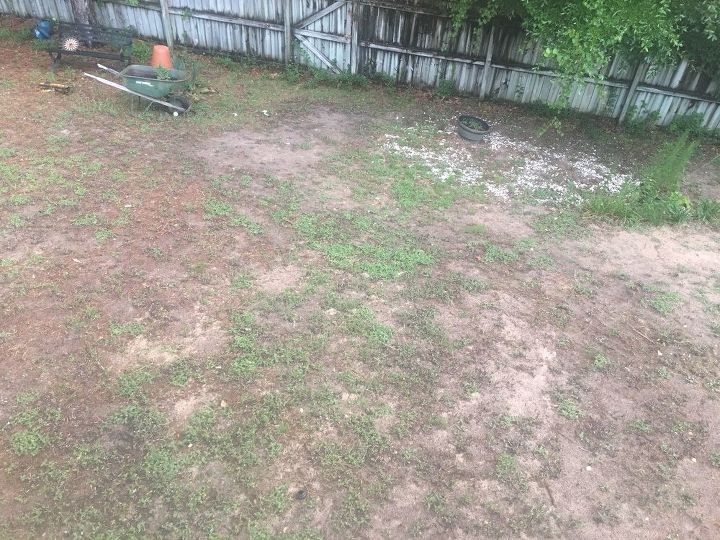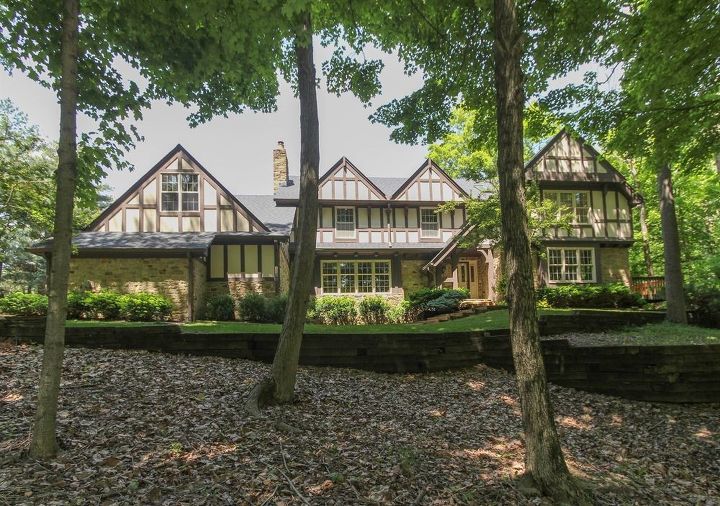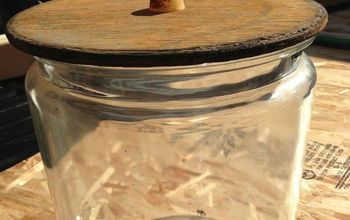What’s the best materials for a retaining wall?

Related Discussions
GNATS - How to get rid of them?
Somehow my house and garden got tiny gnats that killed my fuchsia plant and fly everywhere. I have tried ALL the Web recommendations - soap and oil dishes, sand in th... See more
Marigolds growing! Should I pinch the buds?
My marigold plants are growing. I heard that pinching the buds until Autumn will allow them to grow without killing the plant. Is this true?
Growing garlic
Growing our first garlic, should we wait until the leaves are drying out before we pick it? Husband picked first one today along with our first potatoes.
How to keep mice out of your garden?
Hi everyone, I have mice in my garden destroying my vegetables and I have also noticed them in the barn and shed. Please can someone tell me how to prevent them from ... See more
What's the best flower/plant to grow in Texas?
I know that opinions vary, but what's your opinion?!I have great luck w Rosemary plants. Green all year long.
What's the best way to redo an old railroad tie retaining wall?
I just moved in to a house that is 40 years old. Though it has great bones, there are a ton of projects to do to get it to a place I'm proud to call home. I am pret... See more
What should I do for a retaining wall around oak trees?
The brick retaining wall that we put around the oak trees in front of our house are falling down. Need suggestions on what to put around the trees. the trees were i... See more






You need to address where the water is coming from before you plant anything. If there is a slope above you, I would look at putting in a french drain, catchment basins, dry wells and/or sump pump to move the water away to the street storm drains.... watch a bunch of this guy's videos....
https://www.youtube.com/user/appledrains/videos
https://www.youtube.com/watch?v=GUSTOqSsVtA
Retaining walls, I like the locking block ones with gravel and a french drain behind it to move the water away..... https://www.youtube.com/watch?v=67PhugMehG4&t=244s
I have a steeper hill twice in the back yard and once in the front. Have no problems with the front, but the dogs don't give the hill part of the tiers a chance to grow anything. Perhaps make some tiers with walkways between, use rocks, bricks, wood, whatever will look how you want your yard to look. You can put some gardens in some of the tiers and go with grass in others, or a little of both.
http://www.albertgrouplandscaping.com/our-blog/bid/55037/What-Types-of-Material-are-Best-for-Retaining-Walls
Brick or blocks
I have paver blocks built as a wall and you can stagger with the landscape
Address the water issue by directing the water flow where you want it either by swales or a french drain. A swale is easier and very productive. A French drain may be more to your liking and fit your yard better, although more expensive.
After the water flow issue is resolved, then you can plant grass or other ground covers where the roots will hold the soil. If you want to resod, plant a type of grass that has deep roots like bermuda.
Retaining walls are not just stacking some stones. There are engineering principles to observe. The typical material (segmental blocks or railroad ties) available to DIY homeowners means the retaining wall should not be higher than 3 ft. (For reference, that is the height of most kitchen counters.) Walls over 4 ft probably require both a permit and an engineer's involvement. You should check your city's code requirements before beginning.
Start by digging a trench where the wall will be. The first course of the wall should be set so the top edge is at or just above downslope ground level. It is set on a base of sand for a low wall or concrete for a taller wall. What is used for the base also depends on your climate and soil type. The base of timber walls has rebar driven through drilled holes into the ground up to 4 ft deep. Providing drainage for water that collects behind the wall is imperative. Perforated drainage pipe is laid behind the base course of the wall. It should slope to exit points and be generously surrounded by gravel. Multiple retaining walls one above the other should have twice their height distance between them. That is, a 3 ft wall should have 6 ft between it and the next 3 ft wall.
In addition to the weight of the soil directly behind a retaining wall, it is important to consider the land forms above and below the wall. It is best if a retaining wall has level land below it. Moderate to steeper slopes below a wall add instability, and extra measures may be required—the wall may need to be tilted toward the uphill load. Above the wall, construction of any kind, even a driveway, adds a surcharge load that may also require extra stabilization measures.
I suggest you do a search on "building a retaining wall" to find articles and videos on the subject. Read as much as you can and save those with the most information in your Favorites/Bookmarks so you can find them again. Note that not all builders follow the rules I have listed above. It could be their situation can handle the modification, or it could be that their wall will eventually fail.